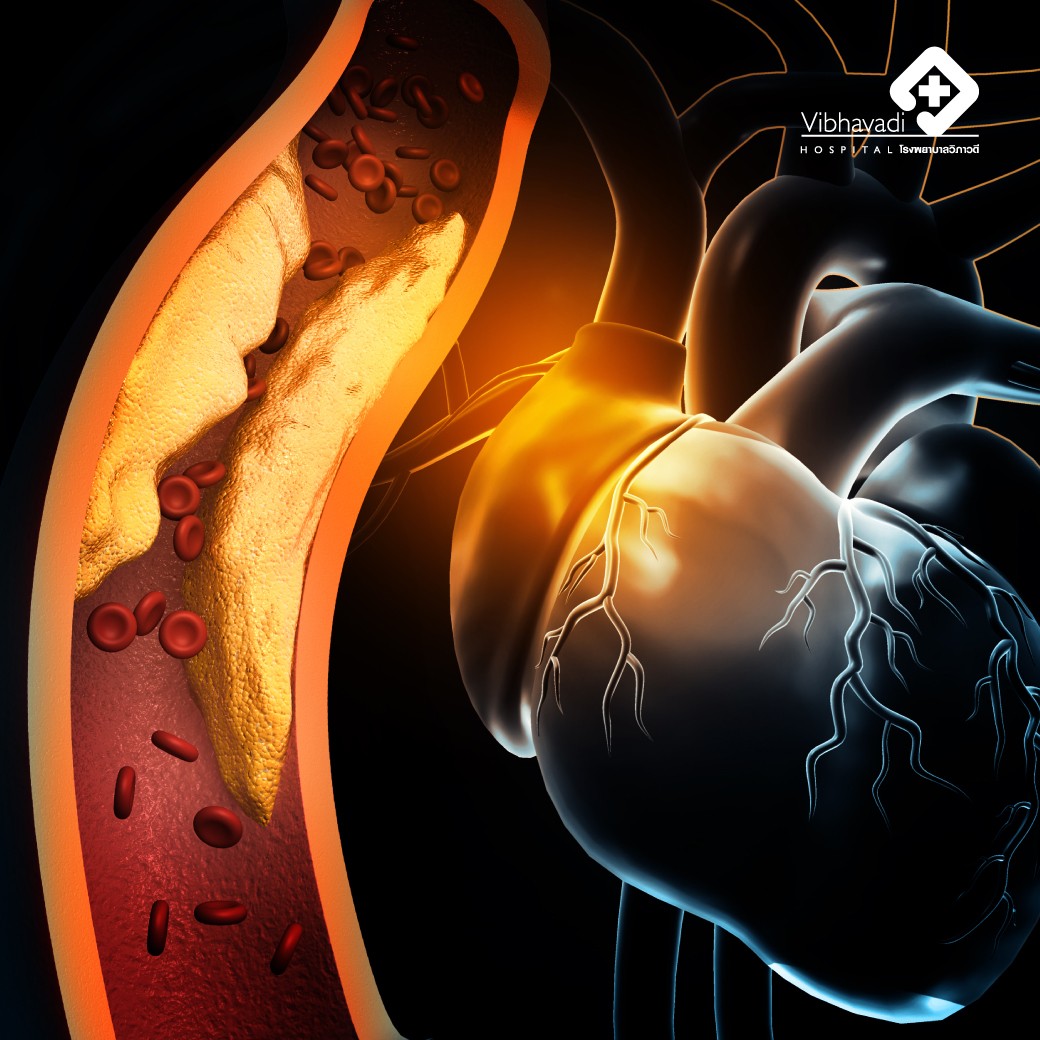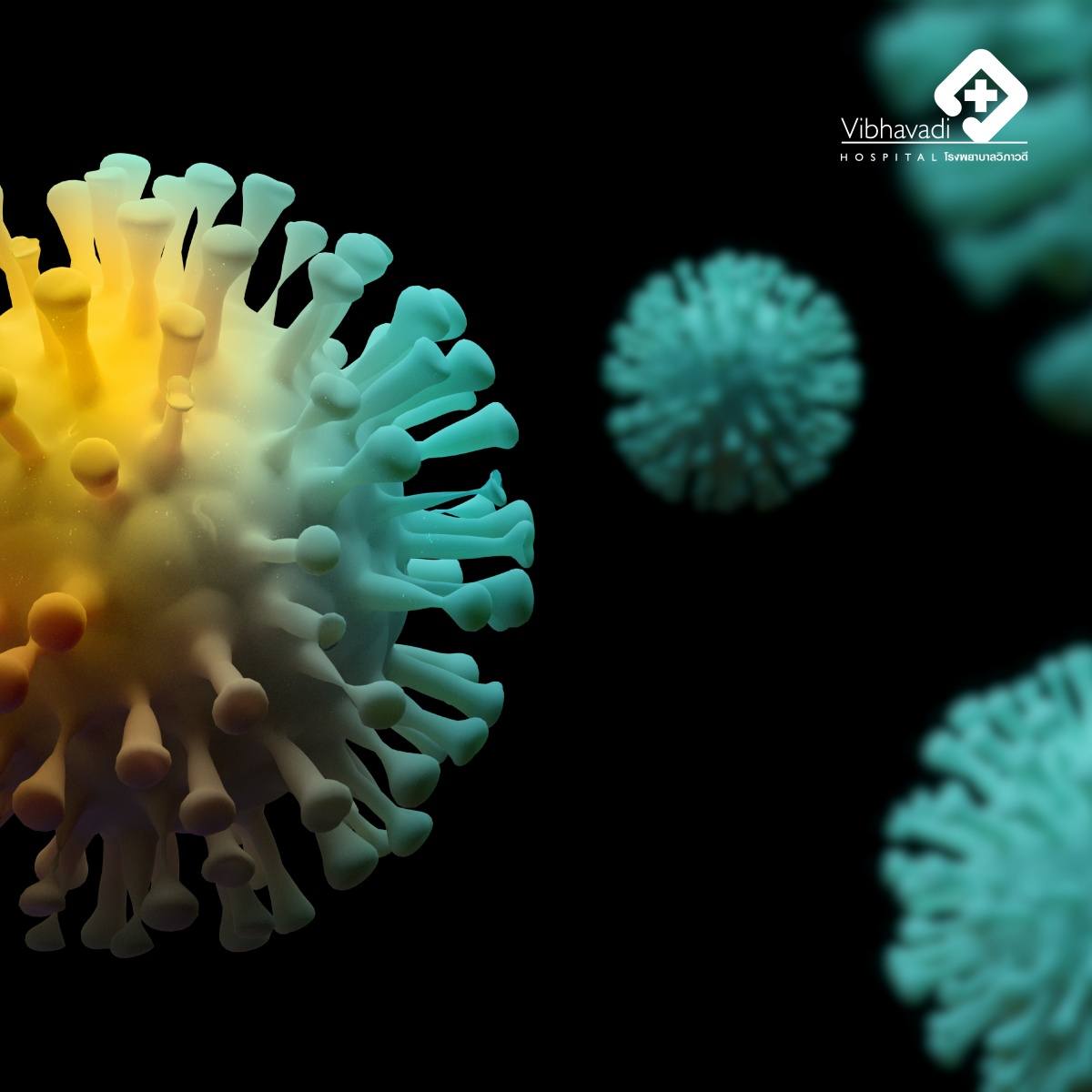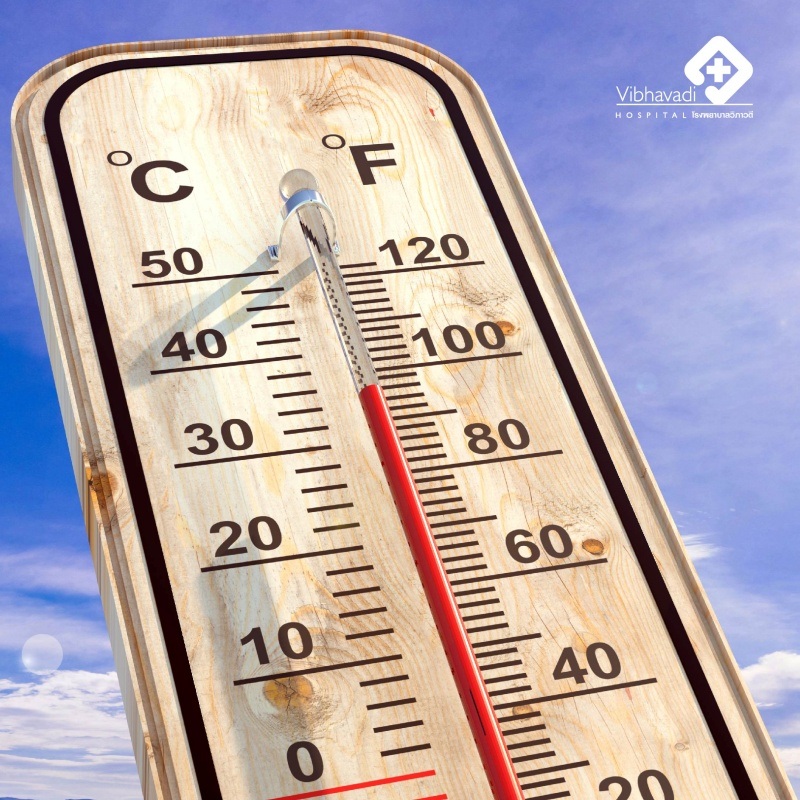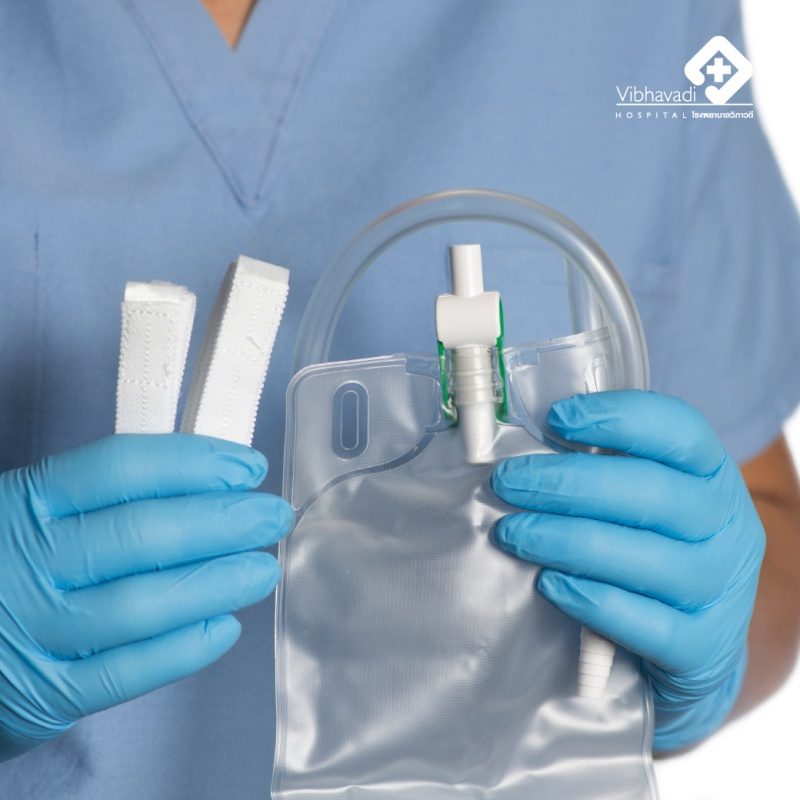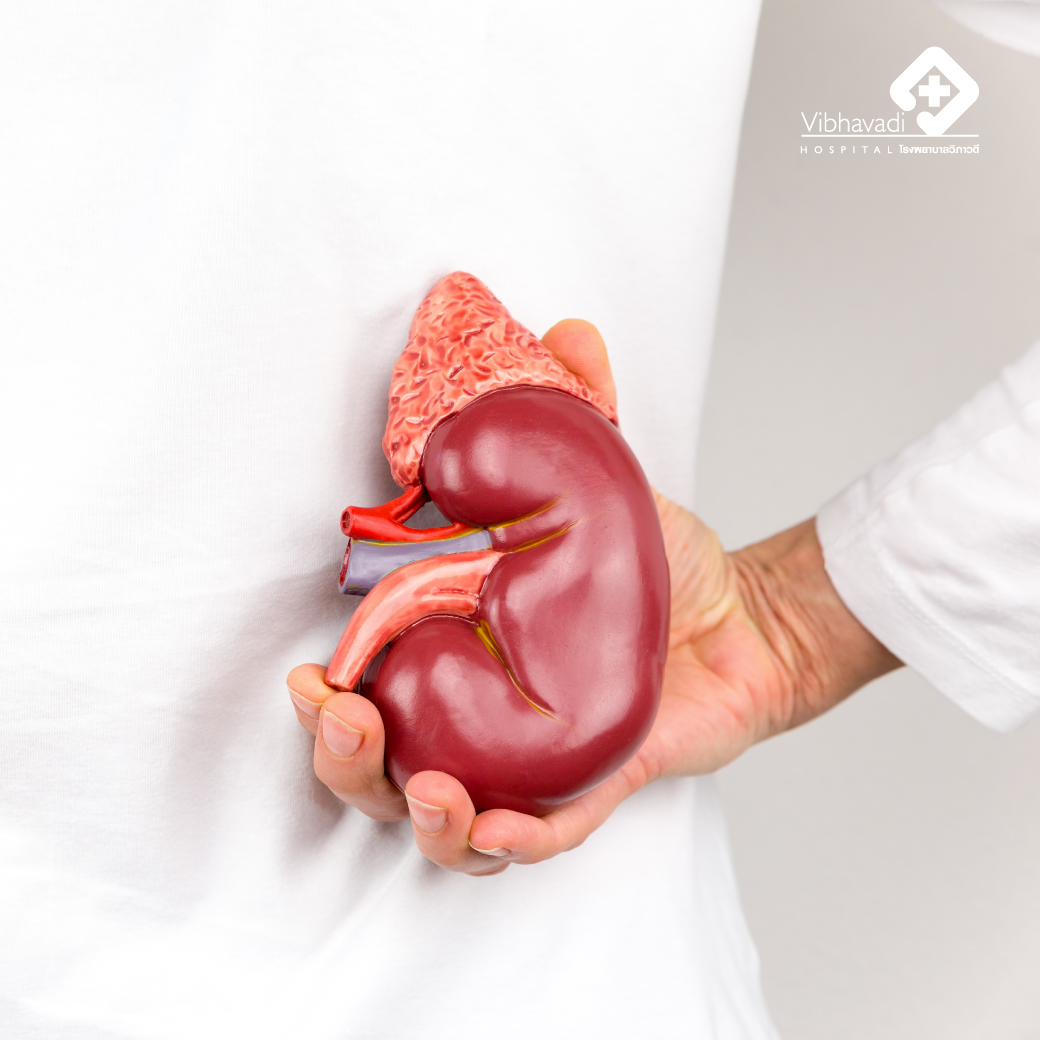Training Tips for Golfers
Training Tips for Golfers
How can a golfer improve their strength and avoid injuries through practice? In order to enhance their golf skills and minimize the risk of injuries, golfers can make three key adjustments. These adjustments include changing golf clubs, modifying their swing technique, and improving their physical fitness. The advancements in technology have greatly contributed to the development of better golf clubs, golf balls, and related equipment. As a result, golfers today can hit the ball farther compared to a decade ago. The study of swing mechanics, the utilization of scientific sports tools, medical research, and high-speed video recording have improved the understanding and development of golf swing techniques. Moreover, these advancements have also contributed to better injury prevention and risk reduction.
It is crucial for golfers to understand the significance of practice intensity in order to maintain physical fitness and prevent injuries. The human body's tissues can adapt to the forces exerted upon them. In 1982, a German biomechanics physicist named Julius Wolff studied the changes in bones following the application of external forces. It was found that bones become stronger and denser in response to such forces, a phenomenon now known as Wolff's Law. Conversely, if bones do not experience these forces, they may become weaker and less dense. Subsequent studies have shown that other types of connective tissues, such as tendons and ligaments, undergo similar changes.
Figure 1 illustrates the changes that occur in connective tissues when subjected to different forces. The force applied to various tissues in the body, such as tendons and ligaments, varies depending on each individual's daily activities. These forces can range from minimal to moderate, up to significantly high, such as those experienced by athletes in activities like running and jumping. The graph demonstrates the magnitudes of forces applied. If the forces are too low, it can lead to muscle weakness, decreased tendon strength, and fragile bones. However, individuals who engage in regular physical activity, including golfers who consistently move their bodies, maintain tissues within the normal range without weakness or excessive strength.
To increase the forces applied during training beyond those experienced in daily life, the body's tissues undergo adaptations. These adaptations involve micro damage at the cellular level, which stimulates the body's remodeling response. This response triggers tissue growth and repair. The more micro damage present, the greater the body's adaptive response, requiring more time for recovery and remodeling. Consequently, these adaptations lead to increased bone size and strength, as well as muscle growth and enhanced strength. However, excessive forces can result in tissue tears and injuries that surpass the cellular level. Examples of such injuries include bone fractures and tendon ruptures.
Force and frequency:
Figure 2 illustrates the relationship between the magnitude of force and the frequency at which it is applied, resulting in injury. Sometimes, the force exerted does not arise from intensity or accidents, but rather from repetitive actions of minimal magnitude. While this may not directly cause injury, frequent and continuous repetition can lead to injuries. These repetitive injuries occur when a small force repeatedly acts upon a specific area of tissue, resulting in overuse injuries. Three factors contribute to such injuries: the magnitude of force, the frequency of repetition, and the duration of rest for tissue adaptation. This type of injury is commonly found among skilled golfers, such as shoulder and elbow injuries.
Summary for golfers:
- Golfers should find opportunities for regular exercise, whether at work, on the golf course, or by climbing stairs instead of using elevators. If walking is difficult, golf carts should be avoided to maintain the strength and condition of bones and muscles.
- Gradually increasing and consistently maintaining exercise intensity will improve your physical strength.
- If you experience pain or fatigue, it is important to rest. If symptoms subside within 1-2 days, your condition will improve. However, if there is no improvement or if symptoms worsen, it is advisable to seek medical attention.
- When practicing golf, if you frequently drive with full-force swings, you should limit the number of repetitions to avoid experiencing pain. It is recommended to alternate with shorter swings of less than 100 strokes.
- Intensive training is necessary for those striving for excellence, but it should be done correctly and gradually, focusing on strengthening the muscles involved in the swing. Additionally, it is important to learn injury prevention techniques.
By Dr. Virayut Chaopricha
Orthopedic Surgeon at Vibhavadi Hospital
From Golf Lover's Magazine
Healthy Tips





